
What fits the so-called City of Love better than an exhibition about love?
An exhibition about love and scent.
This year, Maison Guerlain transforms its historic boutique on the Champs-Élysées into a three-floor sensory journey titled “Straight to the Heart” – a celebration of love in all its forms, curated for Art Basel Paris and on view until 16 November 2025. It is a show about desire, memory, heartbreak, touch, ecstasy, and all the invisible feelings that bind us to one another. But above all, it is a celebration of a legend: 100 years of Shalimar, Guerlain’s mythical fragrance.
Founded in 1828, Guerlain has always existed at the intersection of perfume and art. Louise Bourgeois wore Shalimar, her mother wore it, too. Photographs show her holding the bottle like an extension of her inner world. The brand’s bond with artists is generations deep and this exhibition places that history centre stage. More than thirty artists take part, spanning eras and continents: Pablo Picasso, Niki de Saint Phalle, David Hockney, Ren Hang, Louise Bourgeois, Robert Mapplethorpe, Marina Abramović, RongRong & inri, and many more. Together, they explore what love means today – its softness and violence, its mysticism and its intimacy, its ability to destroy, resurrect, provoke, soothe.
In the words of The Little Prince, “What is essential is invisible to the eye.” Guerlain takes the line literally. Several artists were invited to create their own scent of love, working with Guerlain’s in-house team of perfumers. The result is a fragrance journey woven through the exhibition: a landscape of emotions that ranges from sweet and tender to unsettling, erotic, melancholic.
All of it anchored by Shalimar, created in 1925 by Jacques Guerlain and inspired by the love story of Mumtaz Mahal and Shah Jahan, the emperor who built the Taj Mahal in memory of his late wife. Shalimar — “the abode of love” in Sanskrit — has survived a century without losing its mystery. In France, the perfume – just like the house of Guerlain itself – is akin to a national treasure, found in the bathroom of every French woman with a sense of elegance.
To mark its centenary, Guerlain releases Shalimar L’Essence, an intensified reinterpretation by Perfume Creative Director Delphine Jelk. While the 1925 original introduced perfumery’s first ambery accord, L’Essence concentrates its key elements: Jelk boosts the signature vanilla by pairing Jacques Guerlain’s historic ethylvanillin with a handcrafted Madagascar vanilla tincture, giving the scent a denser, more textured character. A crisp dose of bergamot sharpens the opening, leading into a floral core of rose absolute and iris, before settling into a deeper, slightly leathery amber. The flacon has been updated as well, with a new gold-toned Art Deco–inspired logo that connects Shalimar’s heritage with a more contemporary graphic identity.
With the launch of Shalimar L’Essence, Guerlain opens a new chapter in the fragrance’s legendary story. This reinvention does not seek to rewrite the past but to distill its very soul: an icon renewed through precision, intensity, and contemporary craftsmanship. L’Essence magnifies what has made Shalimar endure for a century — its sensual tension, its bold signature, its unmistakable trail — and reframes it for a new generation of perfume lovers. It is both a tribute and a transformation: a deeper, more concentrated expression of the myth, designed to carry Shalimar’s spirit into the next hundred years.
The exhibition in Paris also serves to celebrate this remarkable history. Among the participating artists is Omar Ba – a creator whose work cuts directly into the contradictions of love, identity, culture and nature. His piece for Guerlain, developed specifically for this exhibition, explores the fragile moment when a woman leaves home to begin a new life, balancing joy and sorrow in a single gesture. In the following conversation, Omar Ba reflects on his process, the scent created around his work, and why love remains the most political – and most human – subject of all.
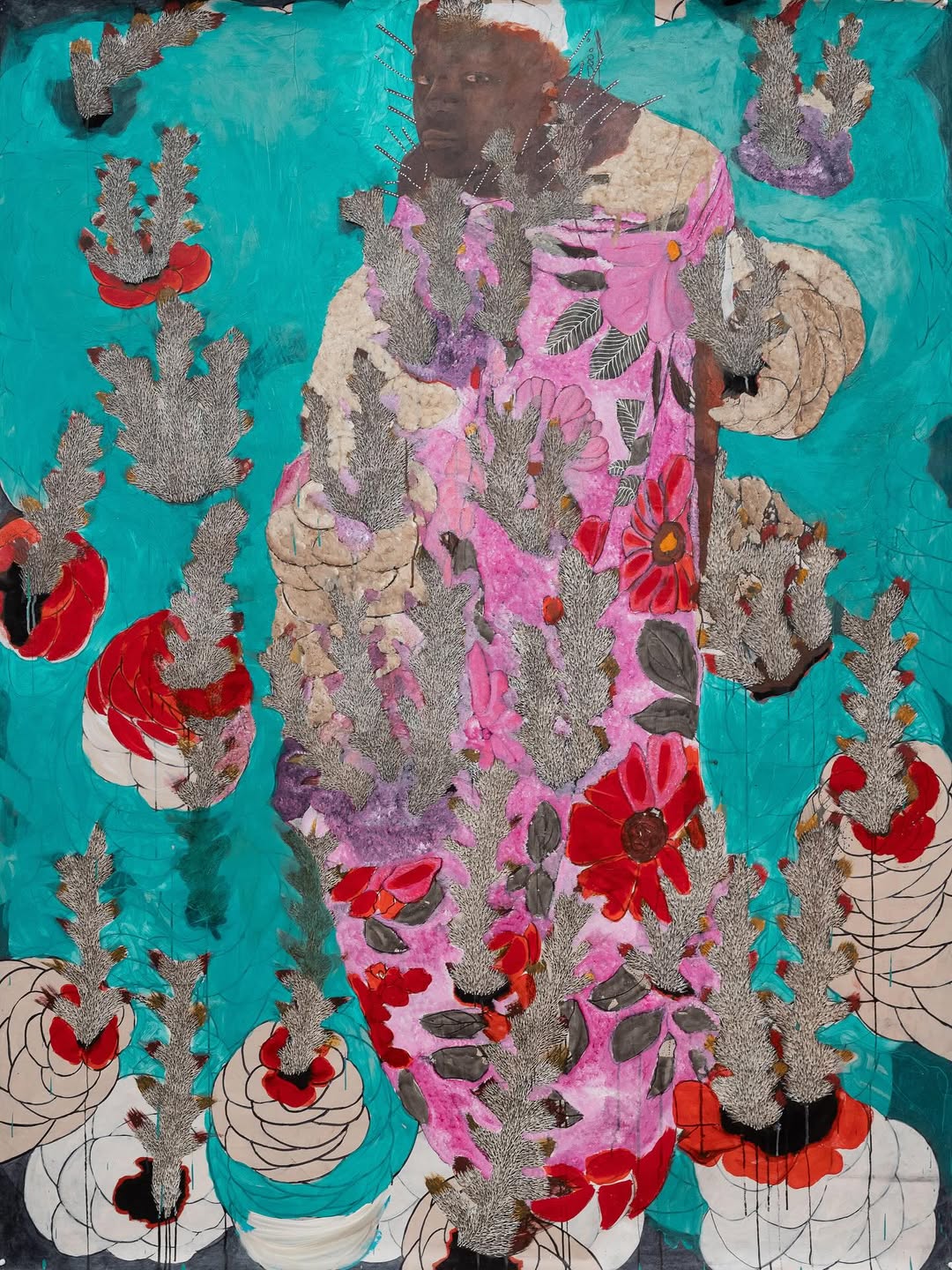
Omar Ba: I wanted to explore relationships between a man and a woman, about love and marriage. I focused on the woman, the moment she leaves her home to share her life with her husband, adorned with her ritual ornaments. It speaks about transition, protection, and the strength of women standing at the threshold of change. I worked with flowers and vegetation, reflecting love for nature and for those around us. For me, love carries duality: it is not only happiness but also suffering – and I wanted to balance this in the work.
OB: It is a strong decision, sometimes not an easy one. There are always things that are undisputed, things we cannot control, and things we learn over time – and that shape us. In fact, love builds us. It allows us to grow, but we have to be careful. You cannot know what is going to happen.
OB: Most of the time, I work on the relationship between the North and the South, African culture, the African history in relation to Europe, and natural ecology.
OB: Yes. When we talk about politics or social issues, it always comes back to fundamental human questions. And love is the fundamental human theme. We all know that even in times of violence or oppression, there are moments when people stop and speak about love. Love must always exist, because that is what gives life its essence.
Most of the subjects I teach – about politics, about nature – are also a way of listening to my community, to myself, to the being that I am. It’s also about animism. Animism is spiritual: when you feel that every living being has a soul, a spirit.


OB: There are certain materials like earth and flowers that I paint. The perfume was built behind the bright blue in the painting, and also behind the flowers, the earth, fertility, and humidity.
OB: Guerlain has supported me for many years. And its a perfect match since I love perfumes and have been collecting them for a long time.
OB: A collaboration with a brand is much more complicated. You have to take certain criteria into account. At the same time, it is very interesting because it opens your work to the public and pushes you out of your comfort zone.
OB: Exactly. Also, when I make a collaboration like this, there is a deadline – and that is good for me. I need it.
OB: I would tell her to be prepared for everything and to stay true to herself.

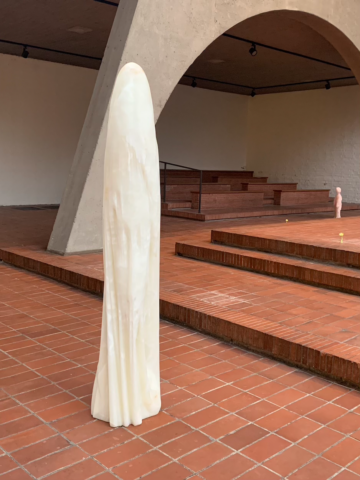
“IMAGINE” at Kunstraum Heilig Geist: Make it simple but significant
Stravoula Coulianidis in conversation with artist Yves Scherer
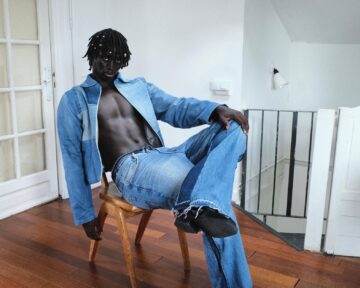
ON OUR RADAR
Numéro Berlin’s weekly collection of the most exciting news about fashion, music, and…
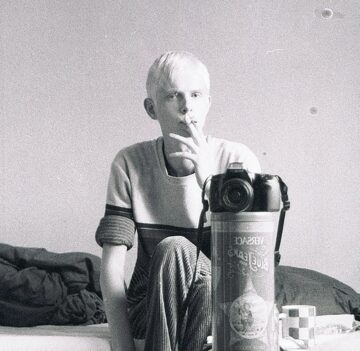
Numéro Berlin in Conversation with Christian Stemmler
The Berlin of the 90’s surely wasn’t perfect, but it was a place that was unafraid of…
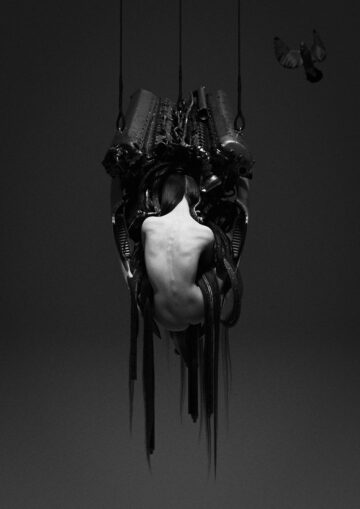
BLASPHEMOUS
“MAN HAS CREATED HIS OWN MASTER, ONLY SO THAT HE MAY EVENTUALLY DETHRONE HIM AGAIN.”
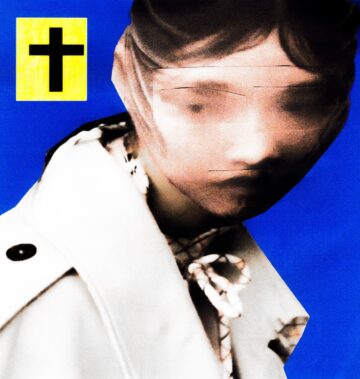
IN CONVERSATION WITH ARTIST JONA KÖPF
Jona Köpf is a young artist based in Stuttgart. Besides his commercial work as a…
WEEKEND MUSIC PT. 69: IN CONVERSATION WITH KING PRINCESS
King Princess grew up in New York and has already left their mark on the music scene at…